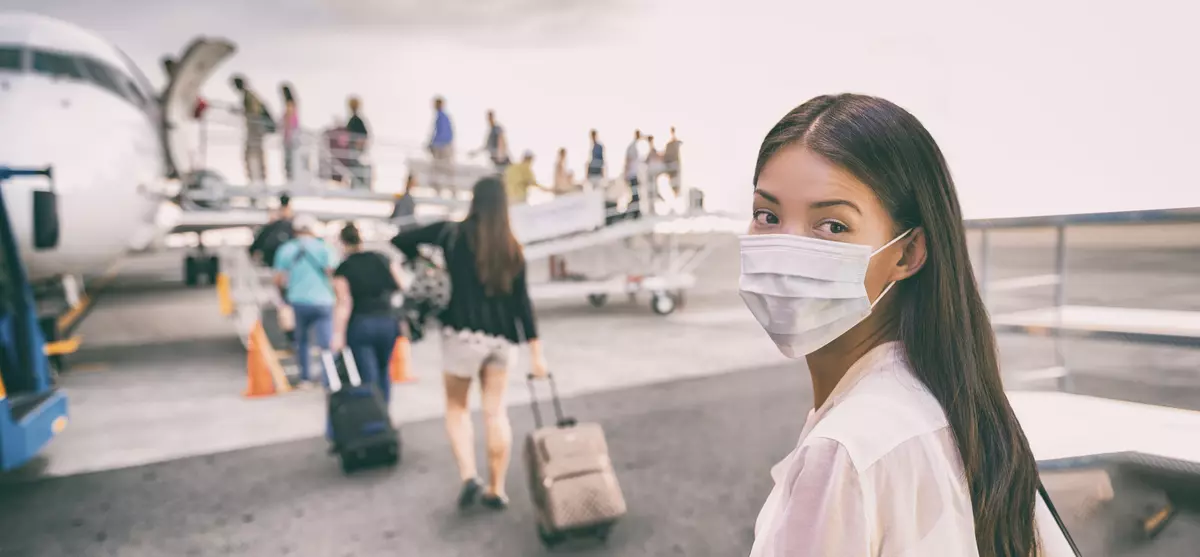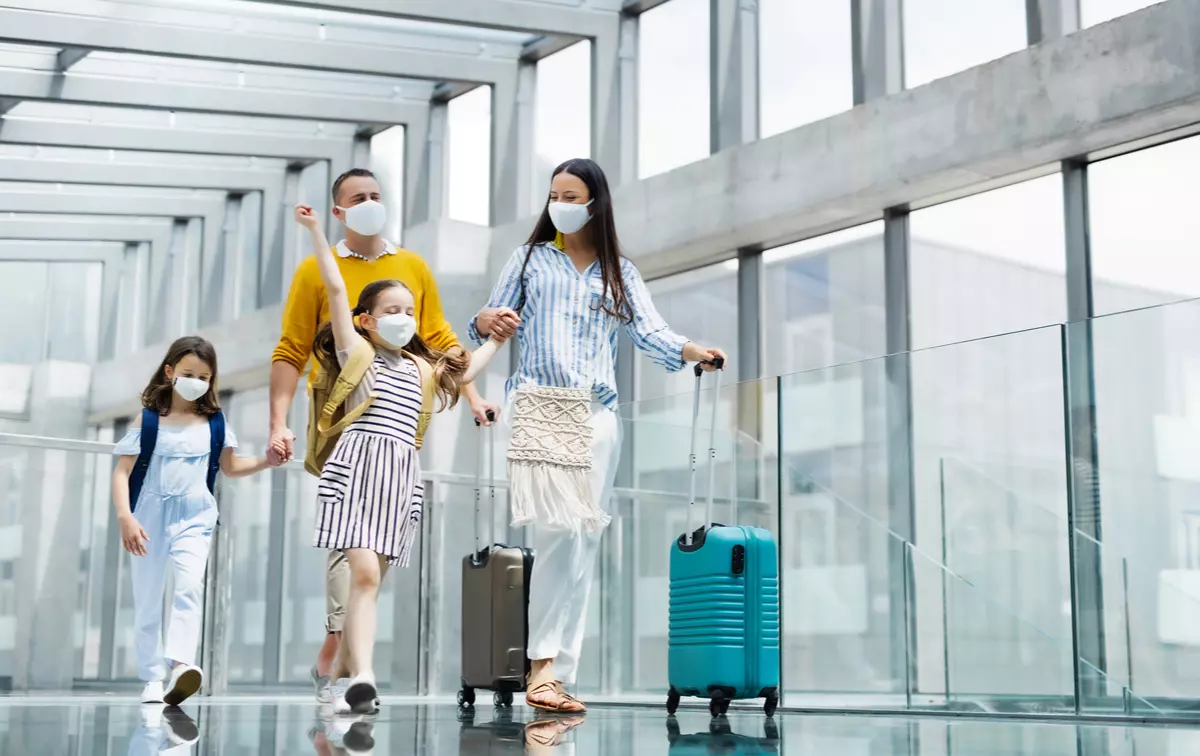What’s Happening in the Tourism Industry?
The COVID-19 pandemic isn’t only a health crisis but an international economic crisis too. Since the implementation of travel restrictions, the tourism industry has been heavily affected. This had led small businesses that rely on tourists to shut down, to some major airline companies declaring bankruptcy.
Travel Restriction
With the intention of containing the spread of coronavirus, almost every country imposed travel restrictions, preventing citizens from leaving their countries and traveling abroad. According to the United Nations World Tourism Organization (UNWTO), with airports, hotels, museums, world heritage sites, sports venues, and resorts closed, a drop of international tourist arrivals around 68% has been registered. This drop has led to around $1 trillion in economic damages in the tourism industry. In 2019, the tourism industry contributed about $8.9 trillion to the global Gross Domestic Product (GDP), a contribution of 10.3%.
For many countries, the tourism industry is a significant revenue source, employment, and foreign exchange earnings. The absence of visitors negatively impacts businesses of all sizes alongside natural and cultural world heritage sites that greatly rely on tourism revenue to carry on with their work. This has caused unemployment to rise.
Unemployment
The tourism industry is one of the biggest industries that employ a lot of people. Many countries are heavily dependent on tourists to prosper. Travel restrictions have negatively impacted the work market and national income and put employees’ incomes at risk. The UNWTO estimates a loss of 100 to 120 million jobs in the tourism sector in 2020. Whereas the World Travel and Tourism Council (WTTC) considers around 197.5 million job losses in the industry, making it up to 60% of the labor in the tourism sector.
Airline Companies Declaring Bankruptcy

In June 2020, the International Air Transport Association (IATA) released its official financial outlook. It stated that internationally airlines are expected to lose around $84.3 billion by the end of 2020 for a net profit margin of -20.1. That makes a $230 million daily loss to the industry. The financial outlook also mentions that revenues will decrease to $419 billion, making half of the recorded revenue in 2019. According to IATA’s director general and CEO, Alexandre de Juniac, 2020 is the worst year in aviation history financially.
During the pandemic, many major airline companies have declared bankruptcy. Even airlines that are still operating are experiencing hard times. The biggest airline company that has declared bankruptcy in May 2020 is Chile’s LATAM. Another major airline declaring bankruptcy is Avianca Holdings, the second-largest carrier in South America. Other airline companies that have declared bankruptcy are Virgin Australia, Flybe, Miami Air international, RavnAir, Trans States Airlines, Compass Airlines, Air Deccan, BRA, Air Mauritius, South African Airways, and Level Europe.
The IATA foretells that airline companies need up to two years to recover from the negative economic impact. It assumes that even in 2021, air traffic will be down by 24% comparing to 2019, and a return to previous levels would happen between 2023 and 2025.
The Road to Recovery
In March 2020, IATA stated that airline companies require around $200 billion financial assistance to survive the economic crisis caused by the travel restrictions trying to contain the coronavirus. According to UNWTO, the tourism industry might recover in 2021; however, it will not be a meaningful recovery but a step forward.
Yet, domestic tourism is expected to recover much sooner than international tourism. International flight passenger numbers may not recover to the extent of 2019 until 2023 and 2024. This is partly because of unemployment and people’s inability to afford airplane tickets and needing to travel on a budget. Also, if international borders remain closed, that would affect the recovery process too. Besides, some people are still uncertain about the safety of long-distance air travel to consider flying again.
Working Towards Safe Tourism

The World Travel & Tourism Council (WTTC), with the support of UNWTO, has launched the global safety and hygiene stamp called Safe Travels. This stamp is specially designed to allow tourists to recognize destinations that have adopted worldwide health and hygiene global standardized protocols. The stamp also shows they have implemented global health and hygiene measures that follow the World Health Organization (WHO) and the Centers for Disease Control and Prevention (CDC) guidelines.
WTTC announced that the stamp created to help end travelers’ uncertainties about long-distance travel safety had been approved in 100 destinations such as Croatia, Egypt, and Indonesia. Some major holiday destinations have received the stamp, including Montenegro, and the Maldives.
Travel destinations that are taking the necessary precautions to stop the spread of the virus, such as enhancing sanitation, deep cleaning practices, and promoting contact tracing apps, can qualify for the stamp.
Self-isolating and quarantining upon arrival for 14 days remains one of the significant factors preventing the spread of coronavirus. However, some countries have withdrawn this requirement.
Fear of a Second Wave
With the implementation of the Safe Travel stamp and its requirements to improve the tourism industry and encourage travelers to fly again, some are still anxious about traveling over concerns about the second wave of coronavirus. The outbreak of a second may cause even more damage to the global tourism industry.
Wrap-up
In some countries, domestic tourism has already begun and is helping the tourism sector of the country. However, a significant recovery will only be possible with the return of international tourists. However, a return to business as usual in the tourism industry is highly unlikely to happen anytime soon. The tourism industry remains in survival mode, and the recovery is expected to be slow. Some experts state that recovery to pre-pandemic tourism is unlikely to happen until the middle of the decade.